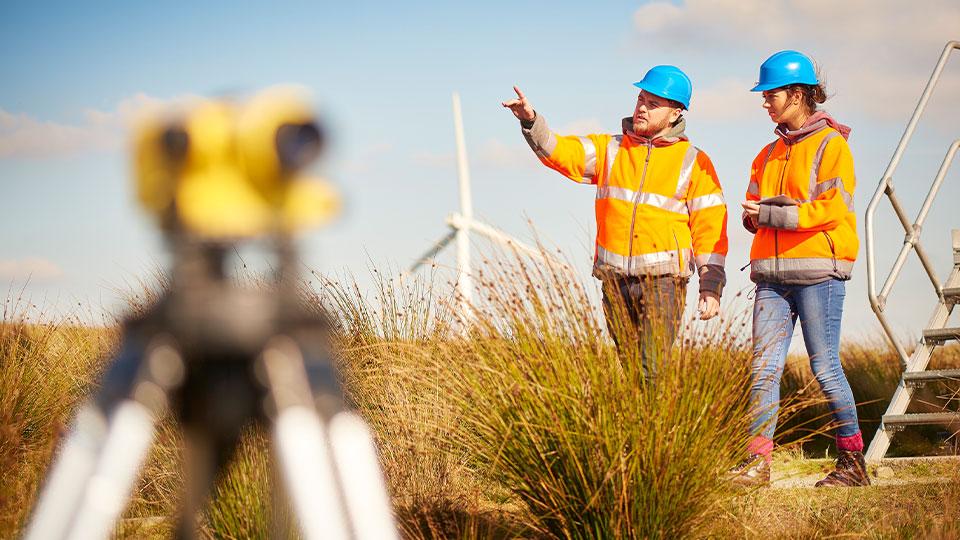Safety Month: Common Injuries and Avoidance
Choosing to be Safe Every Day in the field, in the office, and at home by using our Focus 4 Injury Prevention Program to help us avoid common types of injuries

Join Tetra Tech’s Health & Safety team in recognizing Safety Month during June by reaffirming our commitment to being Safe Every Day.
This Safety Month, Tetra Tech encourages our staff to be present, focused, and safe by refreshing their knowledge of our Health & Safety (H&S) FOCUS 4 Injury Prevention Program (FOCUS 4 Program). No matter where Tetra Tech staff are or what they are doing, implementing safety practices can prevent injuries. Proper safety requires us to be aware of and consider health and safety procedures every day of our lives. By incorporating Tetra Tech H&S practices into our routines, we all can take proactive steps to reduce our risk of injury. Awareness begins by educating ourselves on the most commonly occurring injuries in our industry, reducing our risk to them with the appropriate measures, and looking for areas to improve.
Tetra Tech designed the FOCUS 4 Program as a tool to educate our global staff on frequent injuries that occur within project sites, offices, and homes and how to prevent them.
The FOCUS 4 injuries:
- Struck by
- Slips, trips, and falls
- Overexertion
- Environmental field hazards
Struck by or against
- While planning work, eliminate potential struck-by or against hazards
- Be aware of your surroundings and anticipate struck by hazards (e.g., walking in parking lots, entering active work sites or standing near doors that open into walkways)
- Pay attention to the pre-work and daily safety briefings to understand potential hazards in your work zones
Slips, trips, and falls
- Identify areas that are likely to be slippery or have obstacles and mitigate the risk of an accident
- Wear appropriate footwear for your work environment
- If working at heights or near a ledge 4 feet (1.2 meters) or higher, engage in fall hazard assessment and the use of barriers, training, or other safe work practices
Overexertion
- When possible, avoid the need to lift a heavy load (e.g., place heavier items at waist high to avoid lifting from the ground or overhead)
- Use power or manual lifting aids to reduce strain on the body
- Use proper lifting techniques, which include bringing the load closer to the body
- Do not lift heavy or awkward loads by yourself; always use a buddy while moving loads more than 50 pounds (22 kg)
Environmental field hazards
- Make sure you have appropriate shade and enough water while working outdoors
- Know heat stress signs, symptoms, and prevention methods
- Assess the worksite frequently to identify areas where dangerous plants, hives, nests, or animals may be present and avoid them

